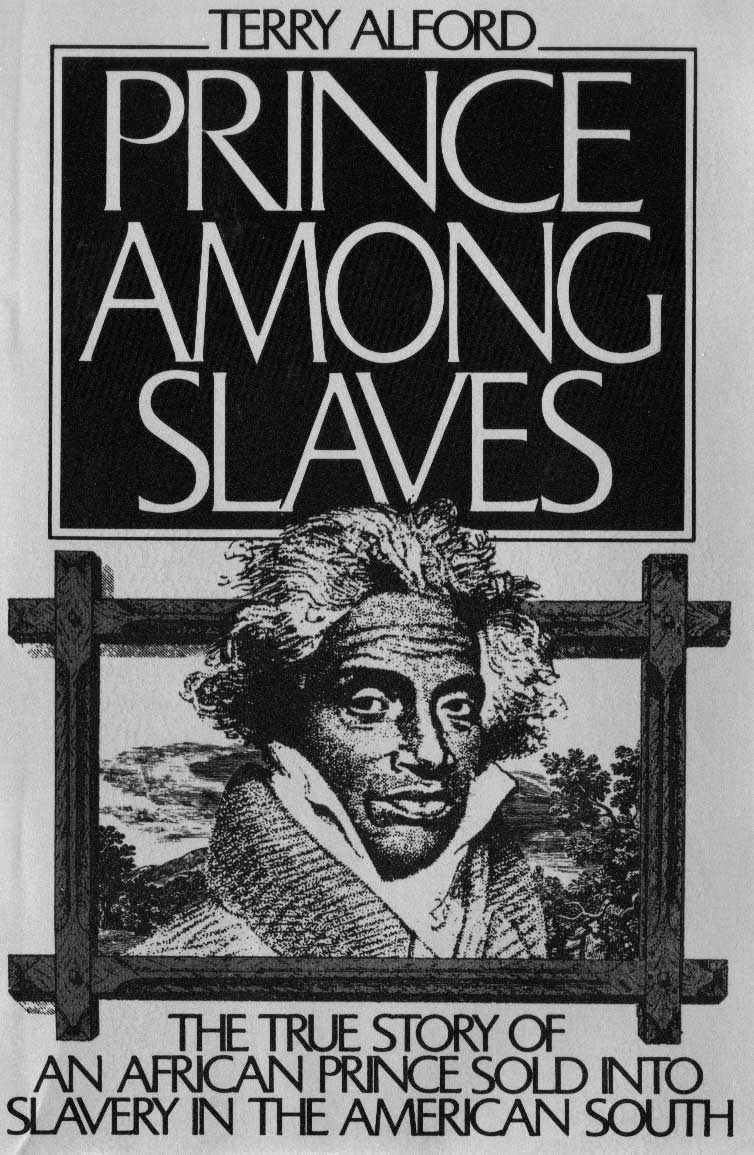
New York. Oxford University Press. 1986. 283 p.

Contents
Illustrations
This is the remarkable, true story of Abd Rahman Ibrahima, a West African prince who was sold into slavery at the age of 26 and released, nearly 40 years later, through the intercession of U.S. President John Quincy Adams. Born in 1762 to the King of Fuuta-Jaloo, capital-city Timbo (now part of of the Republic of Guinea), Abdul-Rahman was captured by warring tribesmen, sold to slave-traders, and bought by a Natchez, Mississippi, cotton and tobacco farmer. His offers of a gold ransom scoffed at and his escape attempts thwarted, Abdul-Rahman resigned himself to slavery. For the next 15 years, Abdul-Rahman's life was that of an ordinary slave. He married a slave-woman named Isabella, fathered nine children, and became in time overseer of his master's large holdings.
A coincidental meeting in 1807 changed the course of Abdul-Rahman's life and led eventually to his release and return to Africa. An Irish ship's surgeon, whose life had been saved by lbrahima's father many years earlier, recognized the prince at a market, learned his story' and immediately began to petition for his freedom. Twenty-five years later, a Southern journalist told the stor to President Adams's Secretary of State Henry Clay, whose personal request persuaded Abdul-Rahman's master to sign the manumission papers. Abdul-Rahman sailed for Africa the next year' and died there five months later.
This is the first full account of lbrahima's life, pieced together from first-person accounts and historical documents. It tells not only an exceptional story, but the story of an exceptional man, who endured the humiliation of slavery without ever losing his dignity or his hope for freedom.Terry Alford. Professor of History at Northern Virginia Community College.
“Vividly re-creates a life as dramatic as a work of fiction.”
ALA Booklist
“Alford writes with a straightforward simplicity that nonetheless takes account of all sorts of complexities, including racial attitudes in this country at that time, and class attitudes as well.”
The New Yorker
“Absorbing reading ... The succession of events surrounding the [Prince's] enslavement and emancipation almost defy belief.”
Library Journal
The following rules apply to in this web version of Terry Alford's “Prince among Slaves.”
Tierno S. Bah. webFuuta Publisher